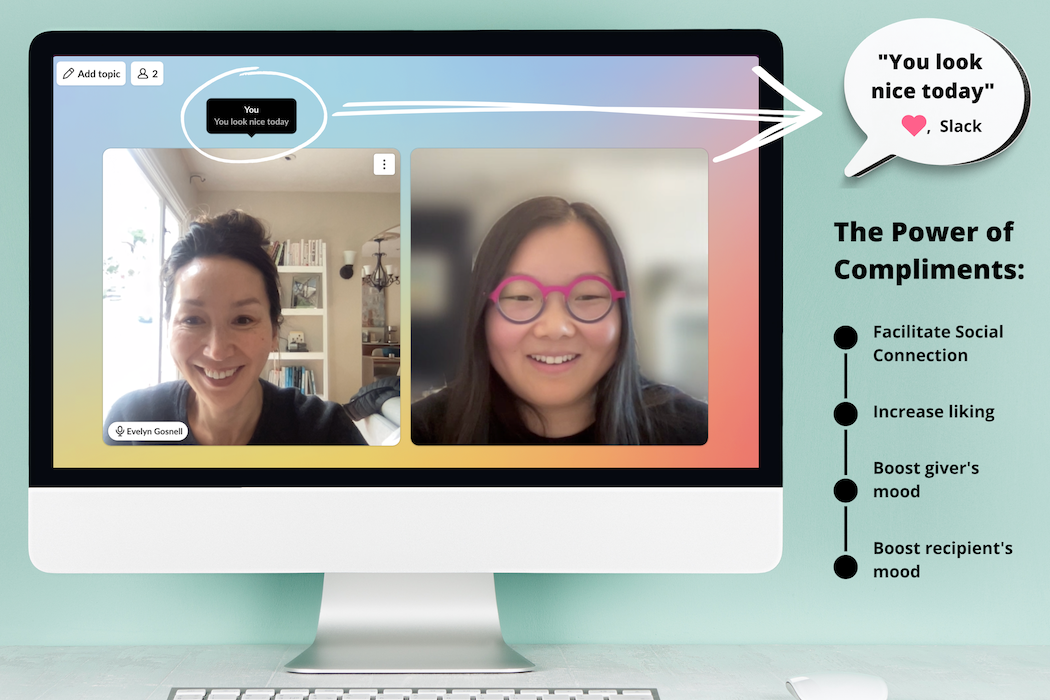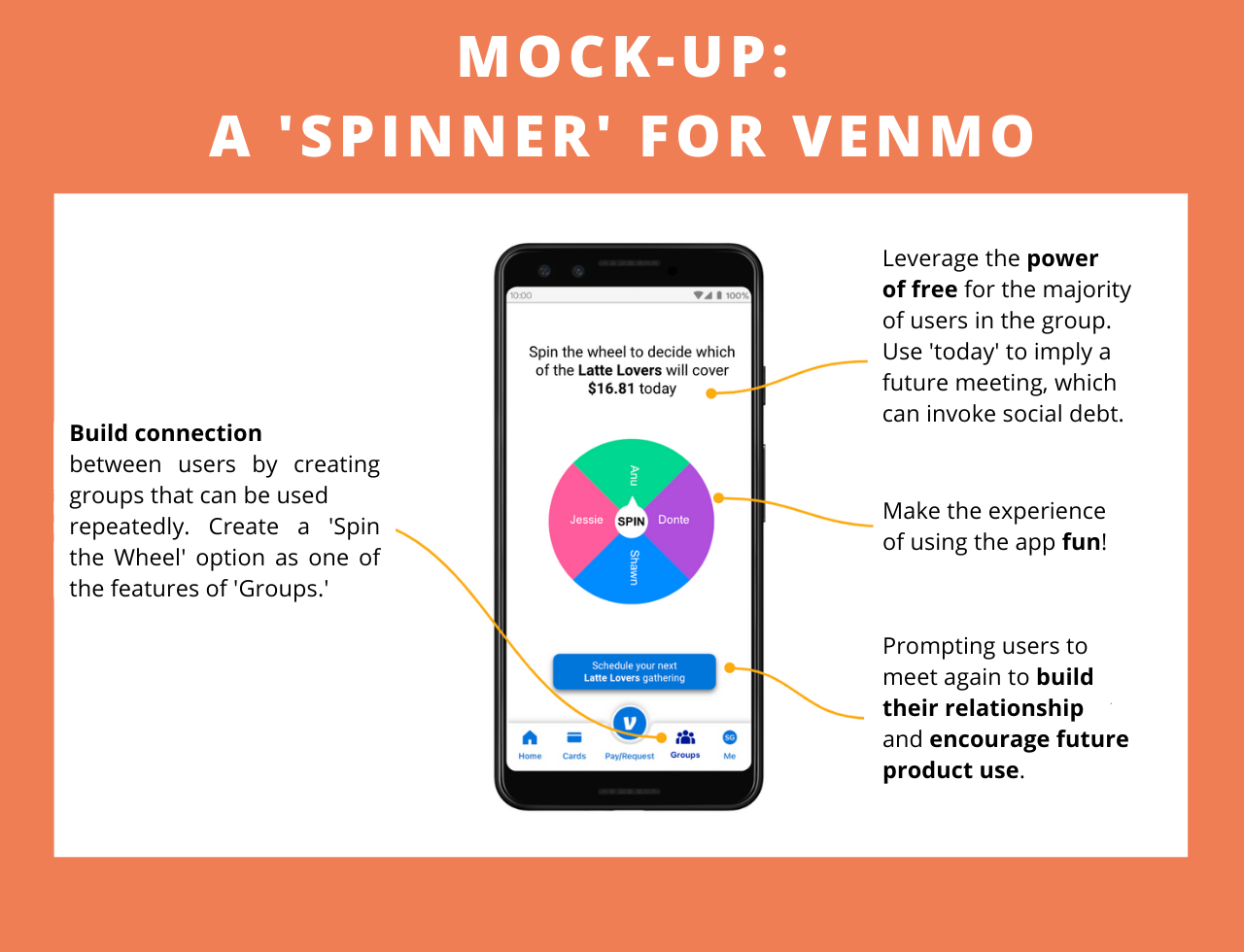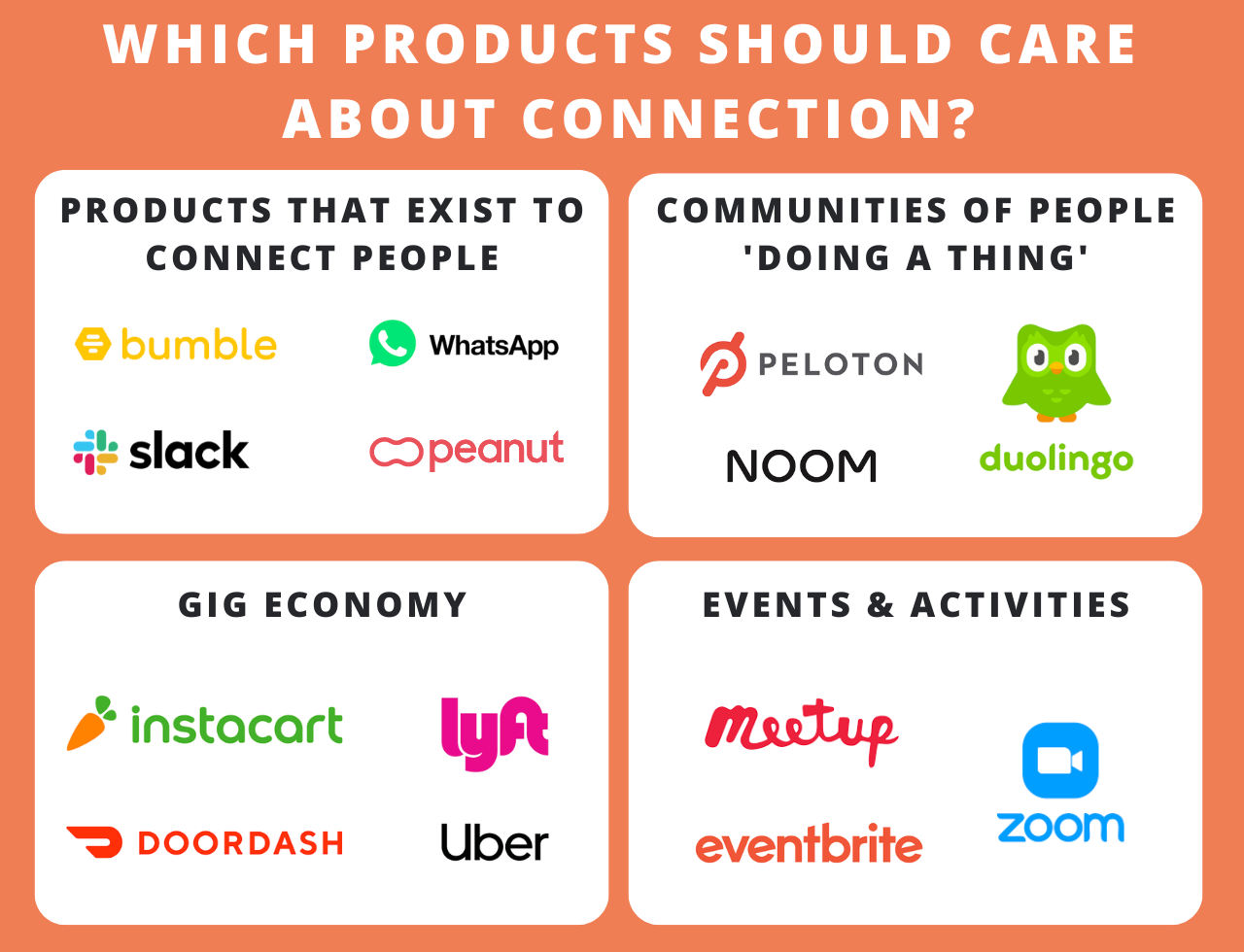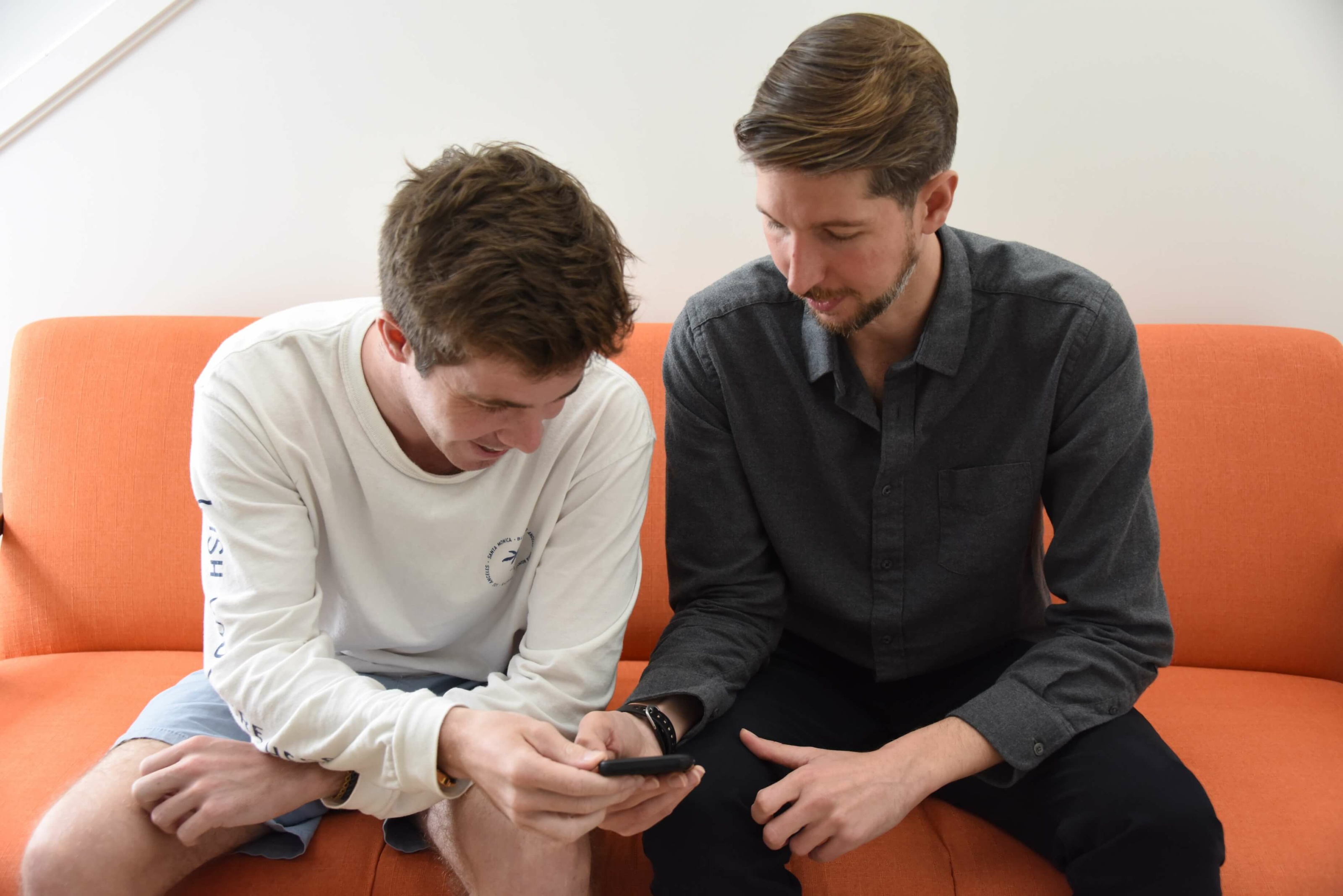News flash: we’re wired for social connection.
Duh! If you’ve been following social science findings at all, this won’t come as a surprise.
You’ll know that the longest-running study on happiness, The Harvard Study of Adult Development, found that the key to happiness isn’t money or fame, but relationships. Not only that, social connection also significantly impacts our health. Some have even argued that the lack of it is as bad for us as smoking. Research has found that, for older adults, loneliness is far more dangerous than obesity.
As humans, we know this—and also as humans, we don’t always do what we know is best for us.
There’s a gap between our intentions and our actions. That’s where companies actually have a role to play. Companies can help build connection—not only to increase happiness, which we can all agree is a lofty goal, but also to amplify other things they care about like retention and engagement.
Some companies get this and are already leveraging connection. Those who aren’t are missing out, and by extension, so are we. Let’s dive into some examples of how human connection works (or could work), both for products that are explicitly about connection and those that aren’t.
How This Looks For Products That Are Already ‘About’ Connection
1. WhatsApp
WhatsApp voice notes are a game changer for anyone who messages a lot—quick, easy, and perfect for conveying emotional nuance (you know, the kind that’s lacking in written messages?). This deepens connection. But how to get people who don’t know about this feature, or don’t get what it’s for, to use it?
WhatsApp knows who hasn’t used this feature, so why not make it easy for them? They could do this through social prompts: ‘People like Evelyn are using voice notes to connect with their loved ones. Here’s how you can, too.’
Another way they could do it is through timing: prompting users to reply to voice notes right after they’ve gotten one, and showing them how to do it if they’ve never done it before.
This is a positive product experience that’s also good for human relationships. If I’m WhatsApp, I want to give my users more of this.

2. Peanut
Peanut creates connecting moments by leveraging ‘similarity bias,’ or our tendency to like and connect others similar to us. How do they do this? By helping users find and connect with others who share their interests or characteristics. Often called ‘Tinder for moms,’ their user experience is a lot like dating. You can swipe right or left on profiles. If someone looks interesting, you can say hello with a wave—even without matching.
Another way Peanut fosters connection is by highlighting commonality. The app shows you people you have things in common with, which can introduce you to someone you would never have met otherwise.
Exploiting our preference for people who are like us would be harmful in a job interview, where it could limit diversity. But for moms who are looking to connect with other moms or make play dates, it’s all upside—and keeps users coming back.
Products can also use similarity bias to help break down barriers between users. All it takes to make users more comfortable striking up a conversation with a stranger is to notice what you have in common. So why not introduce features that highlight shared interests or characteristics?
Just be careful to avoid reinforcing stereotypes or exclusionary practices when designing for connection. Similarity bias generally is a bad thing (racism, anyone?), so when it’s used for good, it’s all the more impactful. An app like Peanut can even counteract racial stereotypes by emphasizing similarities (surprise! you both like camping).
By prioritizing diversity and inclusivity in product design, products can create environments that foster connection and promote positive social interaction among all users.
3. Slack

Who doesn’t love a compliment? They make us feel good—and when things make us feel good, we value them more.
To take an example from the product world, Slack now includes auto-generated compliments in video calls. Considering that this is a relatively easy feature to add, the impact of making users feel a little better about themselves is a huge win. The better we feel about ourselves, the likelier it is that interacting with us on a call will be a pleasant experience. And in the process, it forms a subtle positive association with the product. If this isn’t a win-win for Slack and the user, what is?
If you’re surprised that simple compliments could increase user uptake, you’ve probably spent your life underestimating the power of compliments—and you’re not alone. Despite the obvious benefits of compliments—facilitating social connections, increasing likeability—we often hold back from offering them.
But we’re social creatures for whom human connection is essential. Compliments fulfill that need. Kudos to Slack for recognizing this and incorporating it into their product—and hats off in advance to future products that creatively tap into this powerful connector to strengthen users’ relationships with each other (and with their brand in the process).
How This Looks for Products That Aren’t Connection-Related

Products don’t have to be explicitly about connection to use connecting moments in beneficial ways. Let’s take the payment app Venmo, for example.
Imagine a whole new feature that you could use with your friends. Let’s say two or three of you go out regularly. What if one person foots the bill for everyone? The person who pays each time is determined by a spinner within Venmo.
Why this works:
1. The Power of Free
It’s free for all but one person. We LOVE free. Free makes us irrationally happy. Our passion for all things ‘free’ means that the happiness of the person who gets something for free outweighs the pain of the person who has to pay for it.
2. Fun!
The feature is fun and exciting: it adds some unexpected pizzazz to the evening. Whose turn will it be to pay? Who will get theirs for free? We’ll find out!
3. Reciprocity and Social Debt
Reciprocity is a key driver of our social order. If someone buys me a margarita, I’ll likely feel pressure to pay them back—though not necessarily immediately or exactly (i.e., pizza’s on me next time). What this feature would do is create a sense of social debt… if you use this feature regularly with your friend group, on average it will even out. But in the meantime, the fact that it isn’t entirely clear who owes what to whom becomes a kind of social glue that reinforces bonds.

Connecting the Dots on Human Connection
What’s the ‘wrap’ on human connection? Prioritizing social connectedness isn’t just a ‘nice-to-have’ product feature. It’s a no-brainer. Companies that don’t get it are missing out on a major opportunity to improve not only users’ experiences, but also their lives. And guess what? They’re also missing opportunities to do better business.
As we grow ever less connected, companies need to be thinking about how they can bring benefits to their users’ lives beyond just the functional use of their product.
It’s time for us—and the people who make and manage the products we use—to wake up. We need to prioritize the things that actually matter, and that means cultivating real, meaningful connections with other human beings. So let’s get to it.
Need help applying behavioral science to increase human connection in your product? Get in touch to learn more about our consulting services. Or learn more behavioral science by joining one of our bootcamps.
